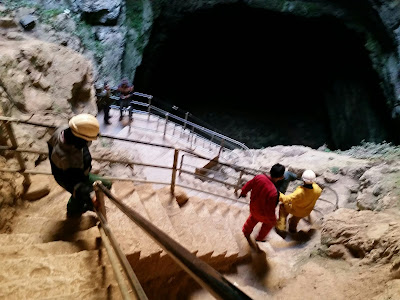The White Stork is one of the largest birds in the area. I remember driving to the university last summer and seeing a huge bird soar over the van. I thought the nearly 24 hours of traveling had gotten to me and I was seeing things. But then I spotted another 40" (100 cm) bird atop a cedar tree, then another one on top of a rooftop nest. I was in awe.
The stork is well known in Morocco and has healthy populations unlike Europe where they have been decreasing. You can hear the storks clap their beaks rapidly and sometimes a hiss at intruders. Otherwise they are silent and majestic creatures. The nests usually hold 2-4 eggs between April and June. Storks will typically migrate out of Ifrane in winter months, returning in early March. They eat aquatic insects, frogs, small rodents, reptiles and small fish.
Ifrane Stork
Stork in Marrakech
Stork in Rabat Chellah, a medieval fortified necropolis of ancient Roman times. The storks are protected here and can not be moved from the site.
I still have yet to see a stork delivering babies.
The Ifrane storks have migrated down the mountain to warmer climate. I miss seeing them.
























































